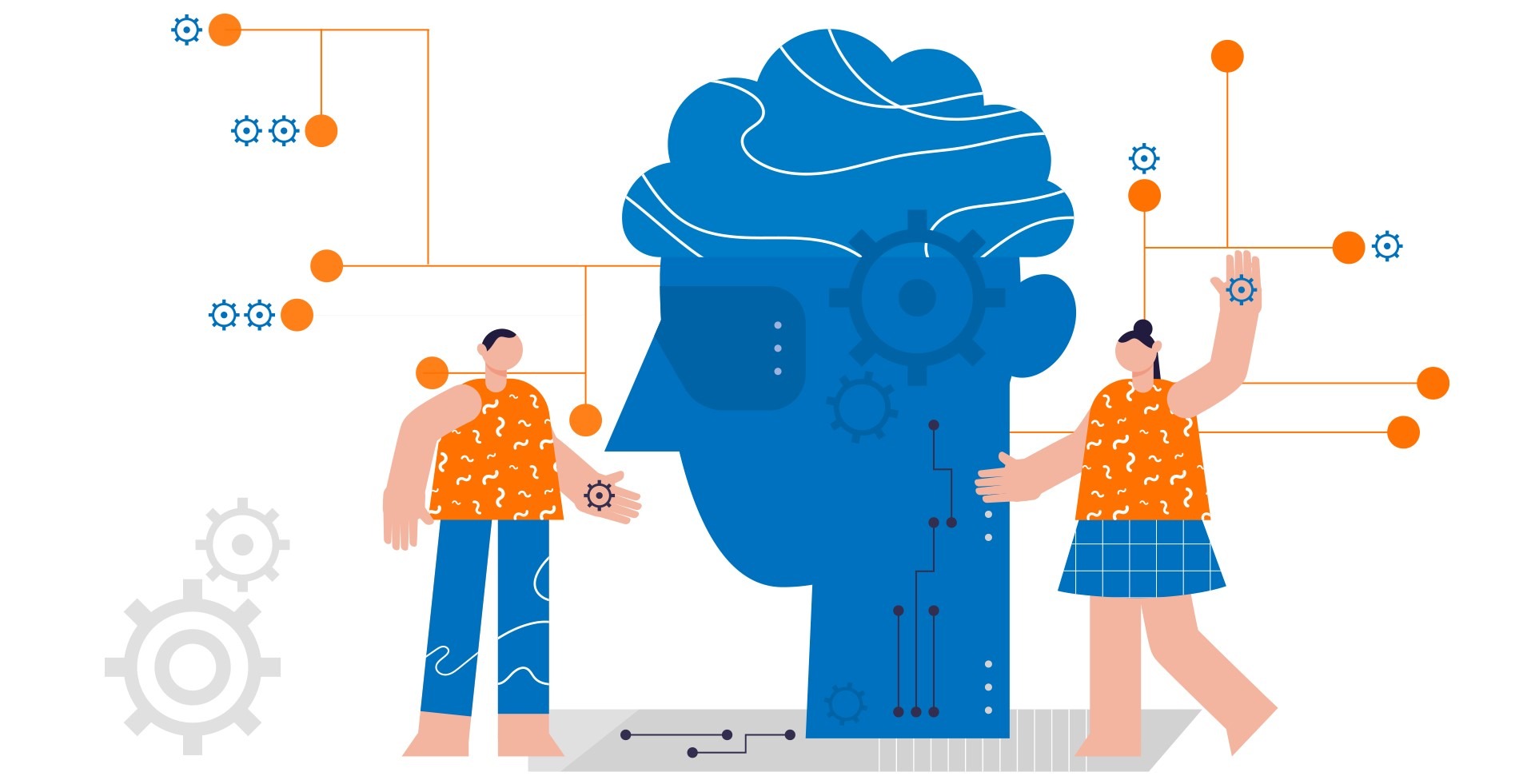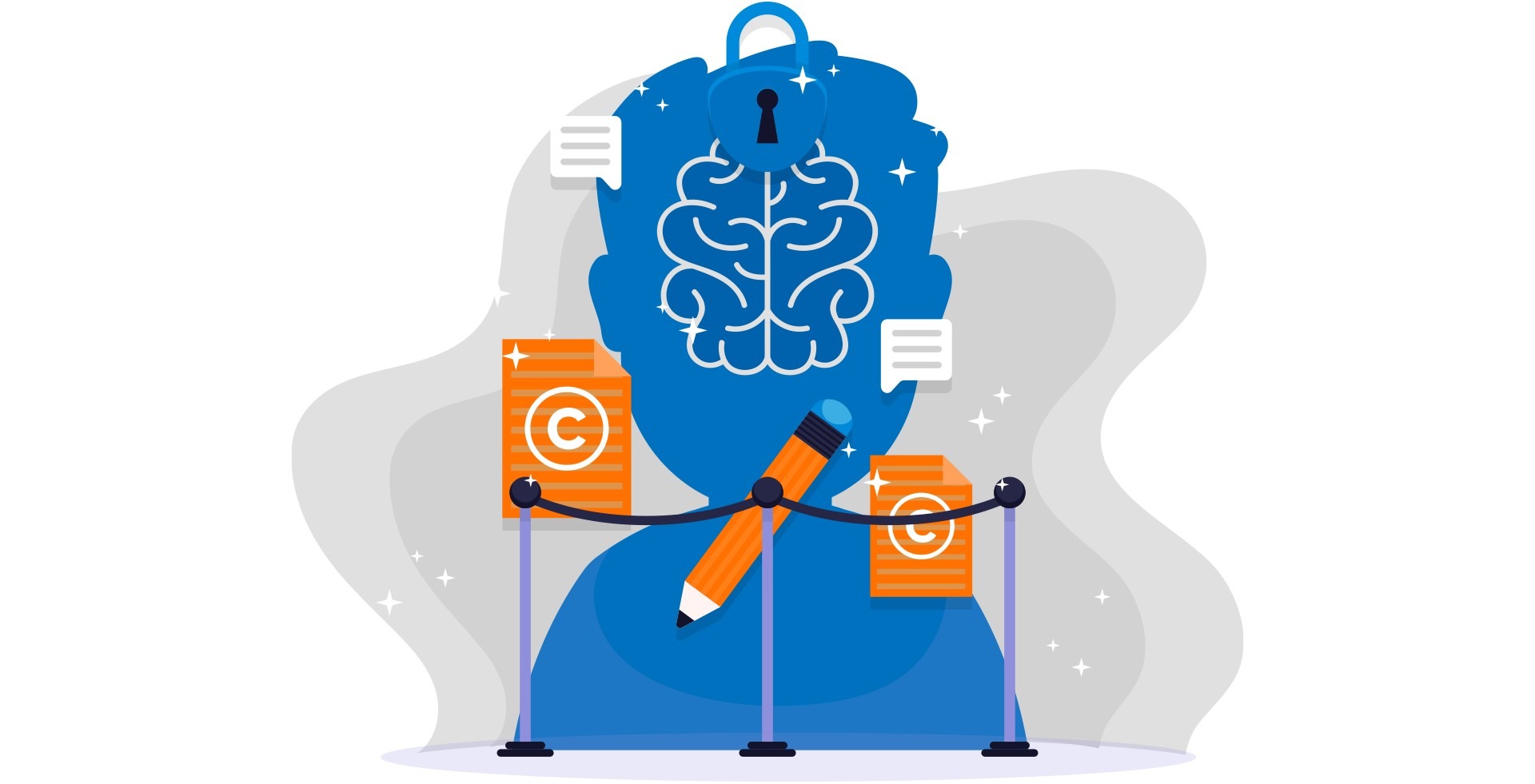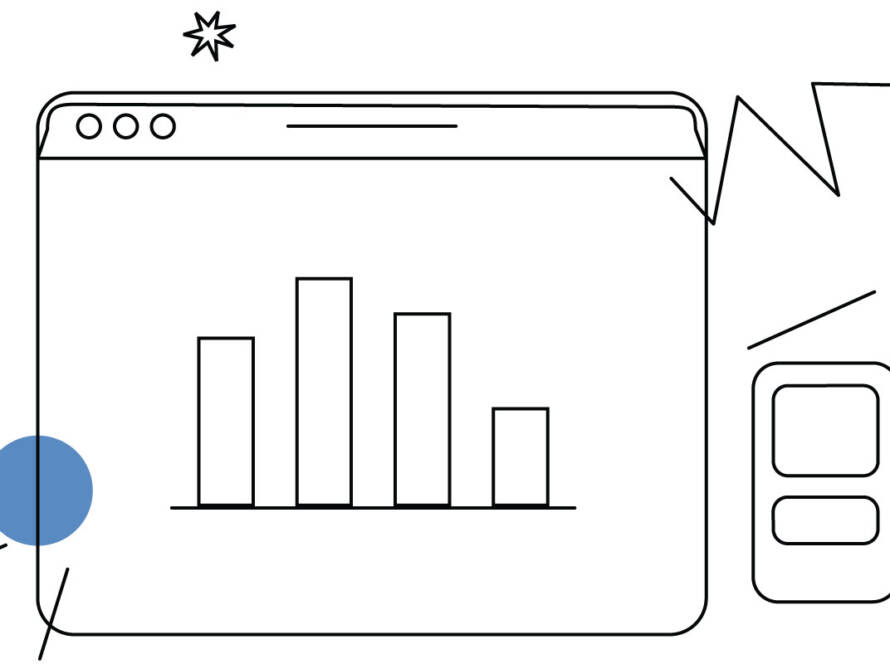In the ever-evolving landscape of technology, the realm of generative AI is captivating the minds of tech enthusiasts and industry professionals alike. Generative AI, with its remarkable ability to create original content and push the boundaries of machine creativity, is revolutionizing the way we think about artificial intelligence.
As a tech-savvy audience, you understand the immense potential and impact of generative AI in various domains. In this article, we will dive into the trends in generative AI, exploring the latest advancements and applications that are reshaping the tech industry and paving the way for innovative solutions. So, fasten your seatbelts and get ready to explore the cutting-edge world of generative AI and its exciting possibilities.
Trends in Generative AI
- The Rise of Deep Learning and Neural Networks
In recent years, deep learning and neural networks have revolutionized the field of AI, unlocking new possibilities and achieving remarkable breakthroughs. Deep learning involves training multi-layered neural networks to extract high-level representations from raw data, enabling impressive capabilities in image and speech recognition, natural language processing, and more. This rise has led to significant advancements in computer vision, language processing, and speech recognition, transforming industries such as healthcare, finance, and autonomous vehicles.
Despite computational resources and interpretability challenges, the potential for future advancements in deep learning is vast. With ongoing research and novel applications, we can expect further transformative breakthroughs, pushing the boundaries of what AI can achieve. This exciting era of intelligent machines has forever changed how we interact with technology and the world around us.
- Multi-Modal Generation
Multi-modal generation is a cutting-edge area of AI research that enables machines to generate diverse outputs across different modalities like images, text, and audio. It has found applications in creative content generation, virtual reality, and human-computer interaction. Using generative models like VAEs and GANs, machines can synthesize realistic and immersive outputs.
Industries such as art, virtual reality, and human-computer interaction benefit from multi-modal generation. Challenges include capturing inter-modality dependencies and evaluating output quality. Nonetheless, ongoing research is pushing the boundaries of multi-modal generation, opening up new possibilities in various domains and enhancing user experiences.
- Continual Learning and Adaptive Generation

Continual learning and adaptive generation are essential concepts in AI, allowing machines to learn and generate outputs that align with evolving requirements. Continual learning enables models to learn from streaming data, adapt to new tasks, and retain previously acquired knowledge. Adaptive generation tailors outputs to specific contexts or user feedback.
Industries such as advertising, recommendation systems, and autonomous systems benefit from these techniques. Challenges include handling data drift and ensuring fairness in generated outputs. Continual learning and adaptive generation drive advancements in AI, enhancing personalized experiences and improving system performance.
- Role of Generative Adversarial Networks (GANs) and Variational Autoencoders (VAEs)
The role of Generative Adversarial Networks (GANs) and Variational Autoencoders (VAEs) in generative AI is significant. GANs are a powerful framework that consists of two neural networks, a generator, and a discriminator, working together in a competitive setting. The generator generates synthetic data samples, while the discriminator tries to distinguish between real and fake samples. This adversarial process leads to the generator improving its ability to generate realistic and high-quality data.
On the other hand, VAEs are probabilistic models that learn an encoding of the input data into a latent space and can generate new samples by decoding points from this latent space. VAEs use a probabilistic approach to ensure that the generated samples are diverse and capture the underlying data distribution.
“The integration of AI in platforms like GitHub, Gmail, and Figma is revolutionizing industries, automating tasks, and enabling users to create and collaborate more efficiently than ever before.”
- Ethical Considerations and Responsible AI
Ethical considerations and responsible AI practices are essential in the development and deployment of artificial intelligence. Fairness, transparency, and accountability are key aspects of responsible AI.
It is important to address biases, ensure transparency in decision-making, protect data privacy, and mitigate negative societal impacts. Collaboration and interdisciplinary approaches involving experts from diverse fields are crucial in navigating ethical dilemmas. By prioritizing ethical considerations, we can shape AI technologies that align with human values and contribute positively to society.
Shaping the Future: The Impact of Trends in Generative AI
- Advancements in Deep Learning
The rapid progress in deep learning and neural networks will continue to drive breakthroughs in various domains such as computer vision, natural language processing, and speech recognition. These advancements will enable more accurate and sophisticated AI systems, transforming industries and enhancing user experiences.
- Multi-Modal Generation
The ability to generate multi-modal content, such as images, text, and audio, opens up new possibilities for creative applications, personalized experiences, and interactive storytelling. This trend will reshape industries like entertainment, advertising, and virtual reality, offering immersive and engaging experiences to users.
- Continual Learning and Adaptive Generation
The integration of continual learning techniques into generative AI models allows systems to learn and adapt to changing environments and new data over time. This trend enables AI systems to continuously improve and provide personalized and context-aware experiences, leading to more intelligent and responsive applications.
- Role of Generative Adversarial Networks (GANs) and Variational Autoencoders (VAEs)
GANs and VAEs are powerful generative models that play a significant role in the future of AI. GANs enable the generation of realistic and diverse content, such as images and videos, while VAEs facilitate efficient and structured representation learning. These models will fuel advancements in fields like creative design, data synthesis, and personalized recommendations.
- Ethical Considerations and Responsible AI

The growing emphasis on ethical considerations and responsible AI practices will shape the future of AI development and deployment. Addressing biases, ensuring transparency and accountability, protecting data privacy, and considering societal impact are key factors that will foster trust and acceptance of AI technologies, enabling their responsible and sustainable adoption.
“At Exper Labs, we understand the transformative potential of generative AI and its ability to unlock new opportunities. We are dedicated to helping businesses harness the power of generative AI to drive innovation and propel their products to success.”
Significance and Impact of Generative AI on Various Industries
Generative AI is transforming industries across the board, revolutionizing processes and opening up new possibilities. Here are some key examples:
- Entertainment and Media
Generative AI is enhancing virtual character creation, visual effects, and immersive experiences in gaming, movies, and virtual reality.
- Healthcare and Medicine
Generative AI aids in diagnostics, drug discovery, and personalized treatment by analyzing medical images, generating synthetic data, and providing tailored recommendations.
- Design and Creativity
Generative AI empowers designers with tools to explore unique and visually stunning designs in fields like fashion, architecture, and product design.
- Finance and Investment
Generative AI improves risk assessment, fraud detection, and investment strategies by analyzing financial data, predicting market trends, and identifying anomalies.
Harnessing the Potential: How Different Generative AI Tools are Being Used by Companies
- AI in GitHub
GitHub leverages AI to automate code generation, enhance collaboration, and accelerate software development. Intelligent code suggestions powered by AI can streamline the coding process, making it more efficient and error-free.
- AI in Gmail
Gmail utilizes AI to provide smart compose and auto-reply features. By analyzing email content, AI suggests responses, saving users time and making email communication more seamless.
- AI in Figma
Figma simplifies the design process by harnessing AI automation. It allows designers to generate design elements, automate repetitive tasks, and create interactive prototypes, fostering creativity and efficiency in design workflows.
In Summary
In conclusion, the trends in generative AI are poised to shape the future of technology and revolutionize various industries. Advancements in deep learning, the role of Generative Adversarial Networks (GANs) and Variational Autoencoders (VAEs), multi-modal generation, continual learning, and ethical considerations all contribute to the transformative potential of generative AI.
Exper Labs is at the forefront of these developments. With our deep expertise in AI research and development, we are actively driving innovation and pushing the boundaries of what is possible with generative AI. By leveraging the power of generative AI, Exper Labs is helping businesses across industries unlock new possibilities and create value.
Ready to unlock the transformative power of generative AI for your business? Contact Exper Labs today and discover how our expertise and cutting-edge solutions can drive innovation, growth, and value creation.



